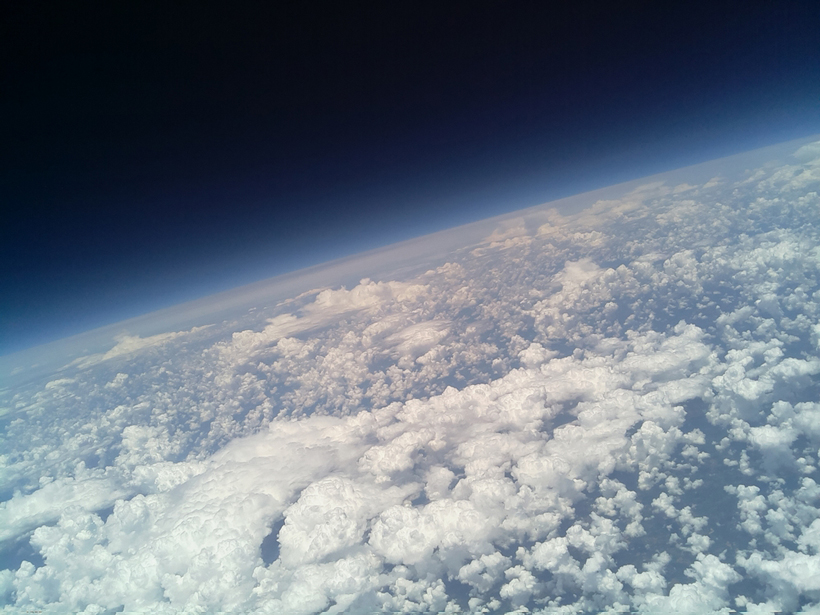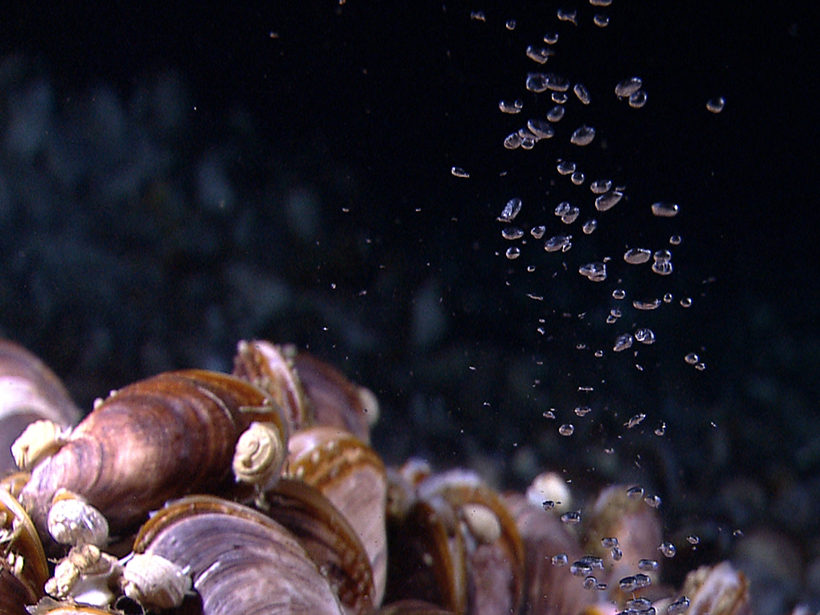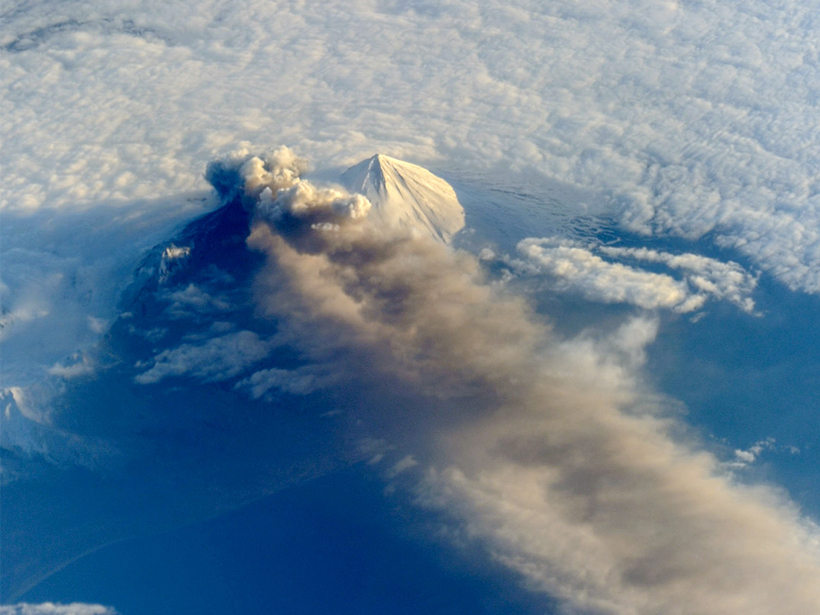Airborne Geoacoustics Workshop; Albuquerque, New Mexico, 3 January 2017
acoustics
Buzzing Ice Shelf Makes Waves in the Air Above
The resonant vibrations of the Ross Ice Shelf in Antarctica are disturbing the atmosphere above it, creating huge ripples.
Building an Accessible Archive for Water Column Sonar Data
The Water Column Sonar Data Archive aggregates and curates sonar data sets from many sources, giving researchers access to much more information than they could collect on their own.
What Makes Long-Runout Landslides So Mobile?
New research shows that acoustic waves rippling through some large landslides can reduce friction and allow slides to run out long distances.
Sound Waves Help Scientists Track Volcanic Eruptions
When sound waves hit the ground, they shake seismometers like earthquake waves. Scientists can now use these sound-induced seismic waves to investigate volcanic activity.
Plate Displacement Rate Offers Insight into 2011 Tohoku Quake
For the first time, scientists use GPS to measure the displacement rate of the subducting Pacific Plate near the source of disastrous shaking in 2011.
Using Sounds from the Ocean to Measure Winds in the Stratosphere
Stratospheric winds deflect acoustic waves from the oceans. With the right data and the math to analyze them, these waves tell us about the weather aloft.
Spacecraft Records Rising-Tone Magnetosonic Waves
A rising tone in wave frequencies suggests a complicated, nonlinear series of interactions between electromagnetic sound waves and protons near the magnetic equator.
Using Sound Waves to Study Grand Canyon Sediment
New technology could help scientists understand how experimental floods from Glen Canyon Dam restore sandbars downstream.
Experiment Captures First Image of Thunder
Scientists can now visually capture the sound waves created by thunder, a technique that could lead to an increased understanding of how lightning forms and transmits energy.










